Consultation
+370 645 64564
info@bauto.lt
Orders
+370 645 64564
uzsakymai@bauto.lt
Consultation
+370 645 64564
info@bauto.lt
Orders
+370 645 64564
uzsakymai@bauto.lt

We guarantee that in our 35 million auto parts database, we have exactly what you are looking for. Our system is the fastest and most reliable way to find suitable car parts.
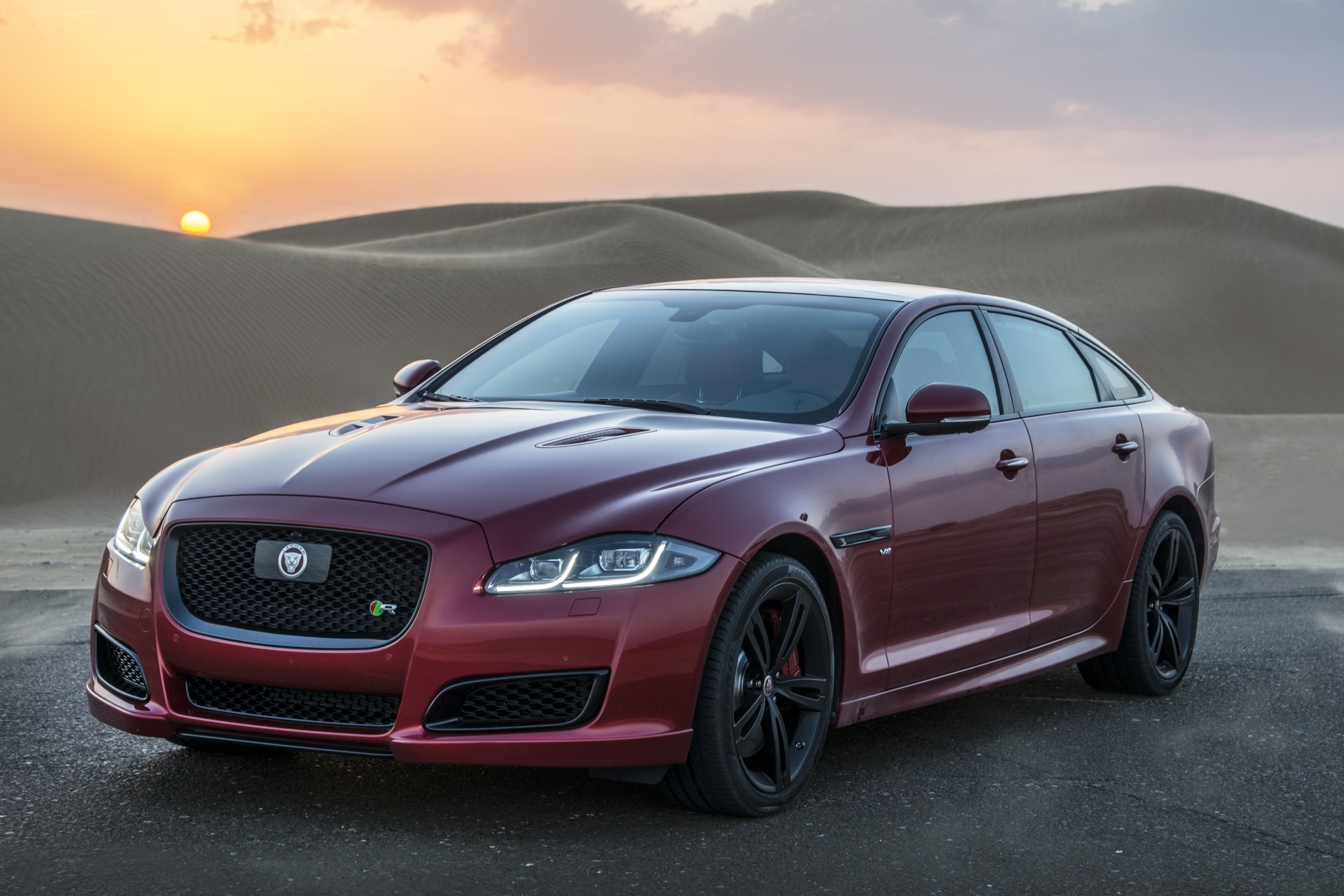
Jaguar XJ car is divided into generations:

You will find any part for these models by the OEM code - an original part number given by the vehicle manufacturer. The part marked with this code is manufactured according to all technical requirements and certified by the manufacturer as meeting the highest standards. You can find the code on the part itself or in a special database. If you don't know it, just write to us and we will send it to you soon.
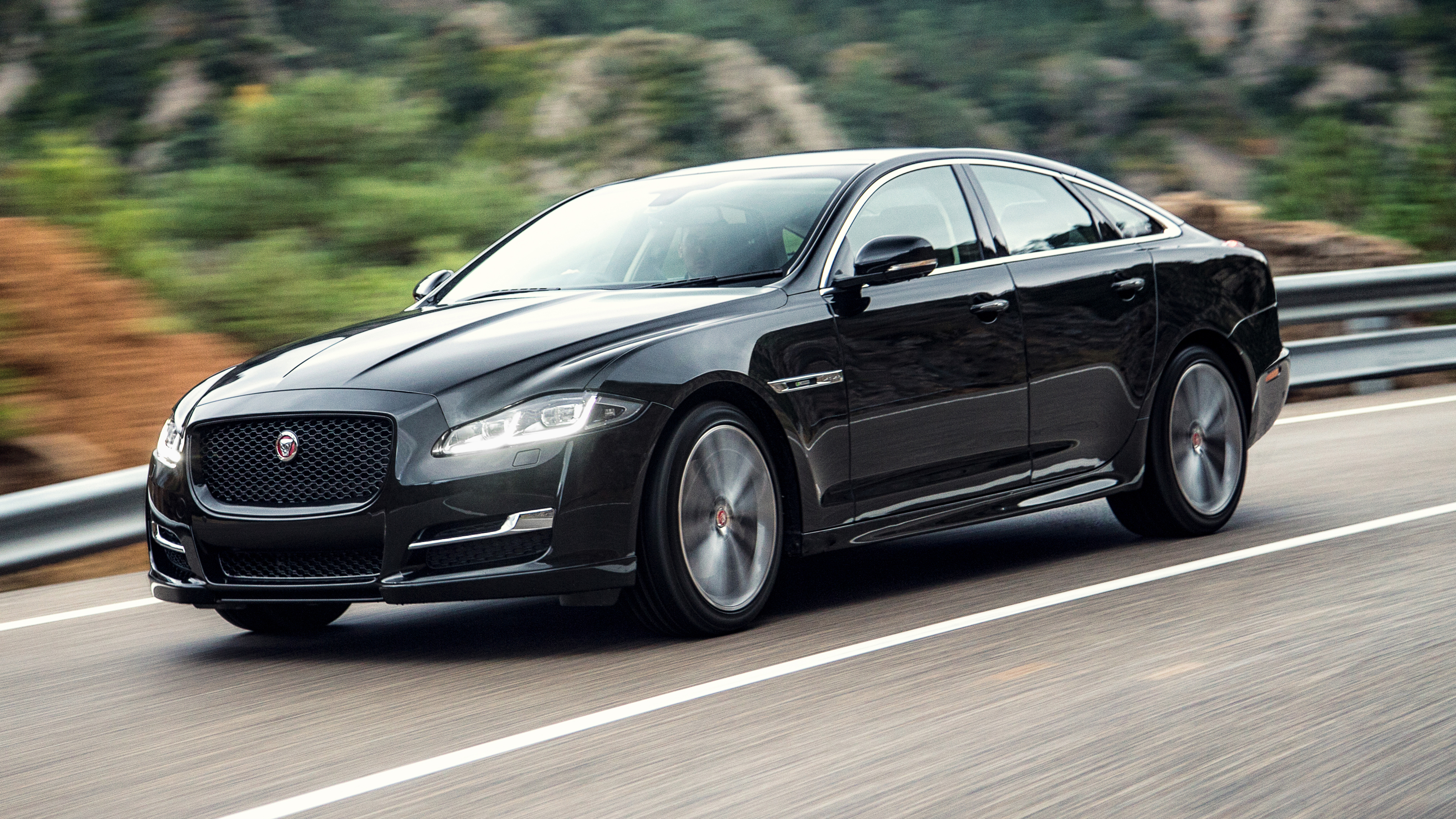
The Jaguar XJ is a luxury large car series manufactured from 1968 to 2019. Just two years after its production began, the XJ became a true flagship of Jaguar.
The old Jaguar XJ was considered one of the most conservative-looking luxury cars, but as the model evolved, this image was shed.
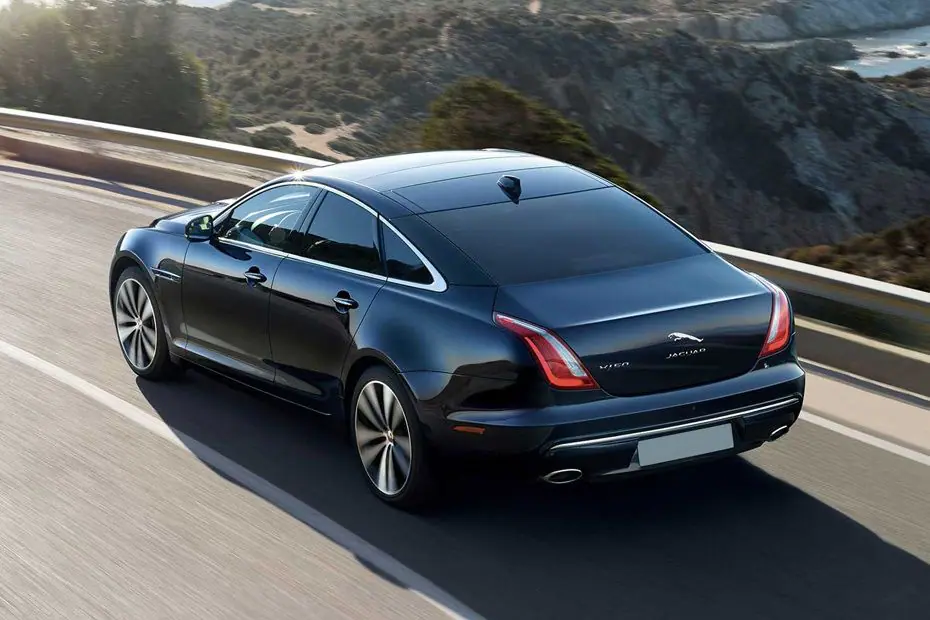
Now, thanks to its style, smooth driving dynamics, and high-class interior, the Jaguar XJ is a worthy rival to the triumvirate of luxury German cars - the Mercedes S-Class, BMW 7 Series, and Audi A8.
When driving, the Jaguar XJ feels like a sports car: speed, low driver position, a snug cabin, and sharp handling.
Over its 51 years of production, four model generations have been released, each with numerous updates (facelifts).
Please note that technical specifications may vary depending on modifications made to the vehicle. The table below provides a summary of the Jaguar XJ technical specifications.
If your Jaguar XJ requires repair, Bauto has got you covered with replacement parts. Here you will find all the mechanical parts, as well as accessories and add-ons for your vehicle.
At Bauto.lt, you can easily and quickly purchase all types of auto parts for your Jaguar XJ at a desired price. Simply enter the OEM code of the part you are looking for into the search field and choose a supplier that offers you the best delivery time and price.
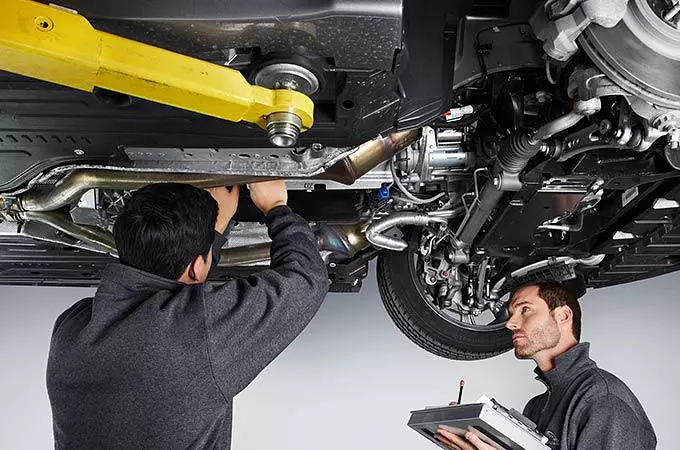

Jaguar XJ I (1968-1992)
The first generation of Jaguar XJ was produced for 24 years, during which two major facelifts (in 1973 and 1979) were performed. The first model and its two facelifts were respectively named Series 1, 2, and 3.
Jaguar XJ I (1968-1973) Series 1
The first generation, Series 1 of the Jaguar XJ, is also known as XJ6/XJ12 and Daimler Sovereign. It was introduced in September 1968.
Under the hood, there was a 2.8L or 4.2L six-cylinder engine. Standard equipment on this model included power steering and leather upholstery. Later, the 4.2L Daimler version, which was introduced in 1969, also featured an optional air conditioning system.
One unusual feature of these cars was the two separate fuel tanks on either side of the boot.
In 1970, an automatic transmission option was introduced. Around the same time, other minor changes were made, such as relocating the reflectors next to the rear lights and replacing the chrome instrument surrounds with black ones.
Soon after, in 1972, an extended wheelbase version became available. Rear-seat passengers got an extra 4 cm of legroom.
In the same year, a high-performance version called the XJ12 was introduced. This version had simplified grille treatments and was powered by a 5.3L V12 engine.
At the time, it was the only mass-produced 12-cylinder, four-door car in the world. It was also one of the fastest four-door cars, capable of reaching speeds of about 225 km/h. A total of 3,000 XJ12s were produced in the first series.
Jaguar XJ I facelift (1973–1979) 2nd series
In the fall of 1973, a significantly updated second Jaguar XJ series was introduced. Models were produced with a 4.2-liter 6-cylinder (XJ6) and 5.3-liter V12 (XJ12) engine. From 1975, a version with a 3.4-liter XK engine also appeared.
Initially, 2nd series models were offered with two wheelbase options - standard and long, but in 1974, Jaguar announced that it was discontinuing the standard wheelbase version and all subsequent sedans had a 10 cm longer cabin.
Externally, 2nd series XJ cars differ visually from their predecessors only in raised front bumpers, which were required to meet US safety requirements. On the other hand, the interior was significantly updated, including heating and air conditioning systems, which were criticized in the first version as not very effective and complex.
In 1977, the automatic transmission used in 12-cylinder engine versions was replaced by the "General Motors" three-speed "Turbo-Hydramatic 400" gearbox instead of the British-made "Borg-Warner" previously used.
A total of 91,000 2nd series models were produced, of which 14,000 had a V12 engine.
Jaguar XJ I facelift (1980–1992) 3rd series
The 3rd series Jaguar XJ, which appeared in 1979, was the most successful model of the first XJ generation, which lasted until 1992. This version of the Jaguar XJ was produced the most. Total sales exceeded 140,000 units.
Compared to the 2nd series, the third had wider and more integrated rubber bumpers with decorative chrome at the top edge, flush door handles, a single front door glass, moldings only with vertical stripes. Reverse lights were moved from the trunk to larger taillight blocks, and the roof structure was changed by narrowing the door frames and widening the glass package. For the first time, the option of choosing a sunroof and cruise control was offered.
Engines with a working volume of 5.3 liters V12, 4.2 liters, and 3.4 liters were transferred from the 2nd series with minor changes. Bosch fuel injection was installed in larger six-cylinder and V12 models, while smaller six-cylinder models retained a carburetor.
In 1981, the cylinder heads of the V12 engine were replaced with the high compression "Fireball" created by Swiss racing driver Michael May, while at the end of 1982, the interior of all 3 series models was slightly updated. For the first time, a travel computer was introduced, which was installed as standard equipment in the V12 models. In addition, new and highly sought-after lightweight alloy wheels with many circular holes, called "pepperpot" wheels, were introduced. "Pirelli" tires were also installed as standard equipment.
Features
The Jaguar XJ I, produced from 1968 to 1992, is known for its L6 and V12 engines, rear-wheel drive, and both manual and automatic transmissions.
Specifications:
Pros:
Cons:
Jaguar was hesitant to develop new cars, especially when their existing models, like the first generation Jaguar XJ, were selling well. As a result, the XJ I was produced for 24 years with only updates to the models.

In 1986, Jaguar finally decided to replace the aging first-generation XJ model, which had been in production for almost two decades. The second-generation Jaguar XJ, named the XJ40, was introduced in 1987, with derivative models such as the X300 and X308 following later. The second-generation Jaguar XJ was produced for a total of 17 years.
Jaguar XJ40 (1986–1994)
Development of the second-generation model began in the early 1970s, but due to the oil crisis of 1973, the XJ40 project was postponed until 1986 when the car was finally unveiled at the British International Motor Show on October 8th of that year.
When creating the XJ40, Jaguar focused more on assembly quality and simplifying the XJ assembly process. Compared to the previous model, the XJ40 required 25% less body panel pressing, and the new process allowed for a lighter car, increased ride stiffness, and reduced interior noise.
Initially, Jaguar sought to have Pininfarina, the designer of the first-generation 3 Series models, design the car. However, due to development costs, Jaguar decided to design the XJ40 in-house. This led to a slight evolution in the car's appearance - it still had the same low roofline and slim silhouette, but depending on the market and trim level, Jaguar installed either a pair of rectangular headlights or double circular headlights, between which were chrome grilles. The car's profile stood out with a curved line that ran downward towards the rear. All models had only one protruding front windshield wiper.
Inside, this Jaguar had the highest quality interior. The base package had woolen upholstery, with leather available as an optional extra. The interior was modernized, with a transition to a digital dashboard (although it returned to an analog one in 1990).
The low seating position and limited space at the back for both the head and legs were reminiscent of a sports car. Therefore, to improve comfort, a longer wheelbase XJ version was also introduced.
Under the hood, the car manufacturer mounted six-cylinder or V12 engines, coupled with either a five-speed manual or a four-speed automatic transmission. Power was delivered to the rear wheels only.
Jaguar XJ II (1994–1997) X300
In 1994, Jaguar took another step forward and introduced the X300. Although at first glance it was recognized as an XJ, experienced eyes could notice the design and some detail updates.
The X300 design was directly influenced by the ownership of Jaguar by Ford Motor Company. According to Automotive News, this was more evident in the "product development processes" than in the use of Ford components, although Jaguar did adopt some of them.
Geoff Lawson, in designing the new model, incorporated features from the previous XJ model. He created a similar flat engine cover with a small protrusion in the middle, symbolizing the longitudinally mounted engine. One major change was related to the front headlights, which returned to round shapes, and the model's bumper also changed.
In the cabin of this model (depending on the equipment), the seats were upholstered in wool or leather, and the entire cabin was dominated by wood trim. Unfortunately, the lack of cabin space remained – headroom was insufficient for those taller than average, and legroom was only sufficient in the XJ long wheelbase version.
Under the engine cover, Jaguar installed its usual 3.2L, 4.0L, and 4.0L six-cylinder engines, or the most powerful 6.0L V12.
Jaguar XJ II (1997–2003) X308
In 1997, Jaguar introduced another XJ model, the X308, which marked a firm step into the luxury sedan market.
Although the car was built on the same XJ40 platform, its design changed. Four round headlights and a split grille at the front set the X308 apart from its competitors. No one else produced round headlights until 1997.
The biggest mechanical change was that both six-cylinder and V12 engines were replaced by new 3.2L or 4.0L, eight-cylinder AJ-V8 engines. There was also no longer a manual gearbox, and all X308 models were equipped with a five-speed automatic gearbox.
Main Features
Specifications
Advantages
Disadvantages
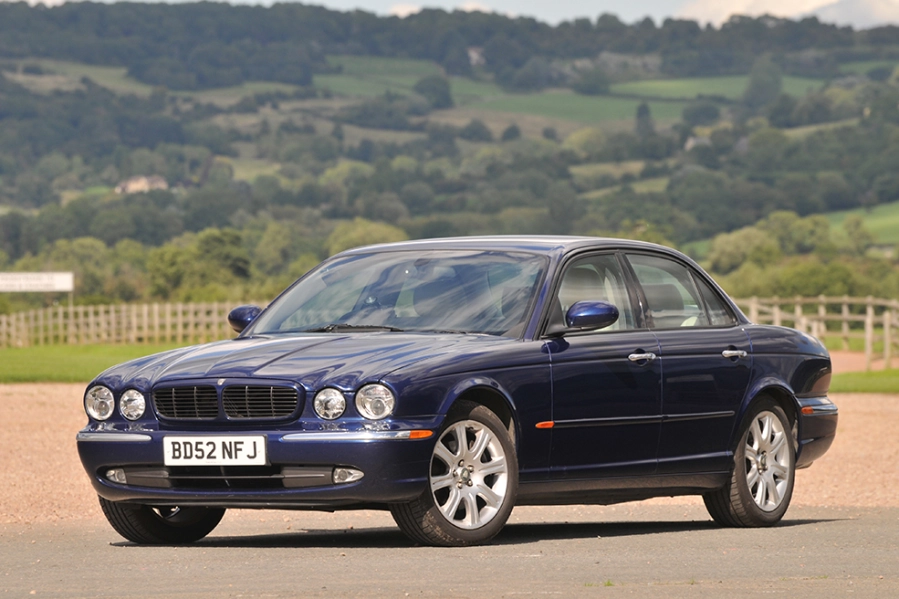
The 2003 XJ model was a significant technological leap forward for Jaguar.
While adhering to classic design principles, the XJ maintained its low roofline (despite the fact that the cramped interior had become a real inconvenience), a slightly sloping trunk lid, and round front headlights. Admittedly, these were already considered outdated, but Jaguar didn't pay attention to that.
The XJ III X350 was the first model produced under full Ford ownership, so the manufacturer had to rely on Ford-supplied equipment, including buttons and switches that didn't really match the Jaguar's true wood finish.
The third-generation Jaguar XJ was equipped with an air suspension system in the front and rear. Dynamic stability control and traction control were standard equipment on this model. Adaptive cruise control and a two-zone climate control system were also available, and four-zone climate control could be installed in long-wheelbase models.
Under the hood, the manufacturer installed five engines, ranging in power from 204 hp to 400 hp, the latter being reserved for the XJ-R version. It was also possible to purchase a turbo diesel engine developed in collaboration with the PSA Group. This XJ model also featured a new six-speed automatic transmission, which was much lighter and more economical.
Key features:
Specifications:
Advantages:
Disadvantages:
Jaguar XJ III X358 facelift (2007-2009)
As the third generation was being revitalized, the XJ was redesigned and improved. This model is slightly more spacious than the previous version. The luxurious interior with wood trim, leather, and chrome details is maintained in the cabin, and XJ seats have been replaced. The design of the lower grilles has changed on the outside, and the side air vents have been emphasized. At the rear, the design of the spoiler has been modified.
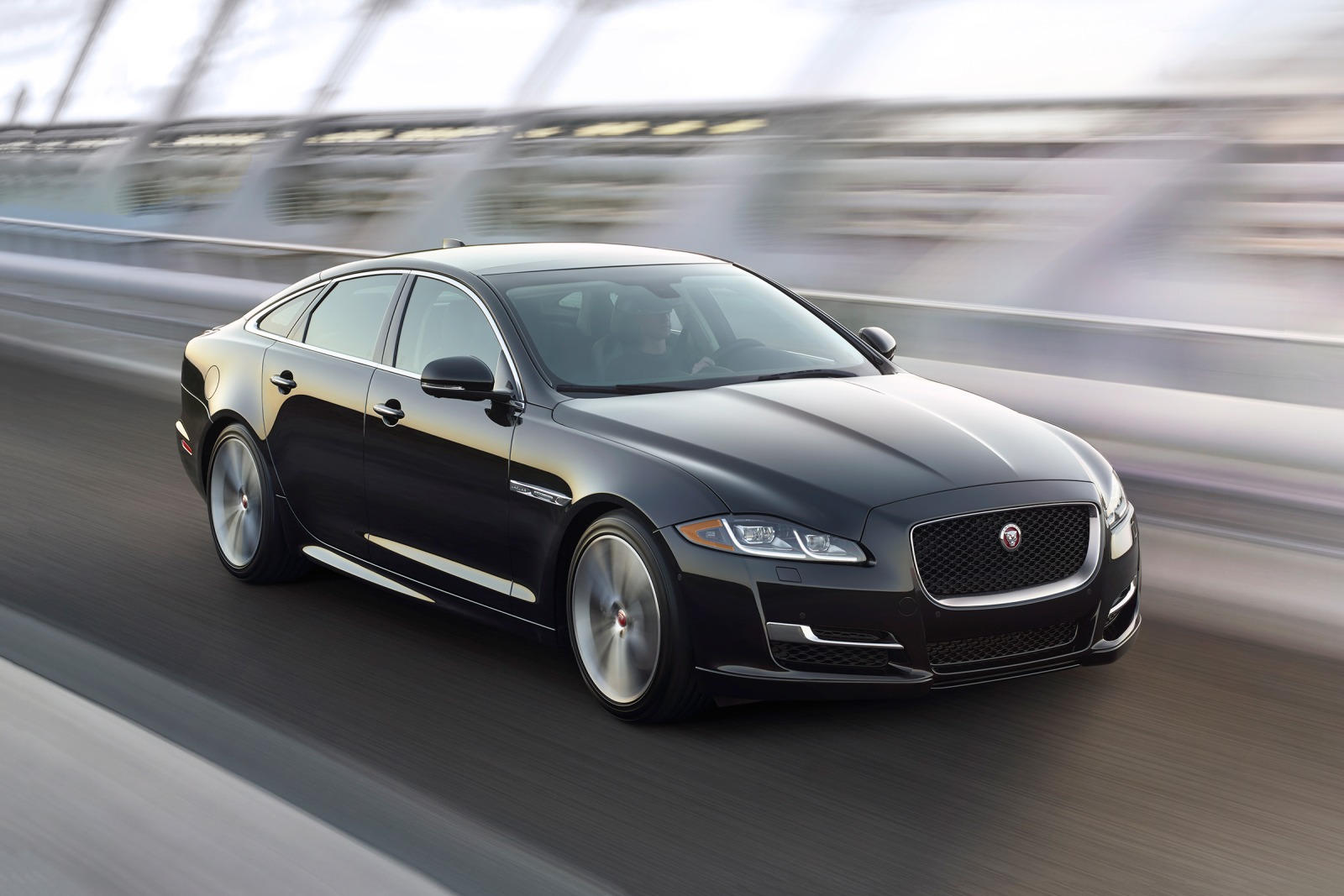
The fourth-generation XJ was a completely new car with no similarities to previous XJ models. Following a new design direction, the XJ got a completely different appearance. In terms of shape, the XJ is more like a four-door coupe than a luxury sedan. It features a unique front end with silver mesh grilles and is much longer and wider than its predecessor.
The rear of the car is also an unusual design choice for Jaguar - with vertical taillights nicknamed "cat claws" and black rear window frames. A continuous panoramic roof covers the entire car roof. The interior features luxurious wood trim. The instrument panel and central console with new LCD screens dominate with round elements.
Like several of its predecessors, the X351 can be selected in both standard and long-wheelbase versions. Engines - modern aggregates, as seen in other Jaguar models: a 5.0-liter petrol V8 or a 3.0-liter diesel V6 with two turbochargers. In 2013, the range was expanded with a 3.0-liter V6 with a turbocharger.
Features
Specifications
Advantages
Disadvantages
Jaguar XJ IV facelift (2012-2019)
The updated fourth-generation Jaguar XJ did not undergo significant external changes. The standard version received a set of 19-inch lightweight alloy wheels, and a heated front windshield was also included.
Inside, there were many changes: a completely digital 12.3-inch instrument panel was installed, the long wheelbase package includes more comfort functions, and the standard range of all models included an 8-inch dual-view information and entertainment technology screen. Under the hood, the new XJ features more aluminum components, making the car even lighter.
In 2019, production of the new Jaguar XJ was discontinued, and it was supposed to be replaced by a fully electric XJ, but ultimately this idea was abandoned. According to "Autocar" magazine, the Jaguar XJ was the least popular Jaguar model, with only 301 units sold in September 2018. For comparison, in the same month, 4492 F-Pace SUVs and 2252 XE sedans were sold.





